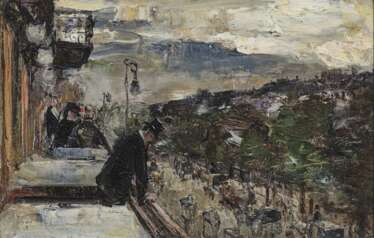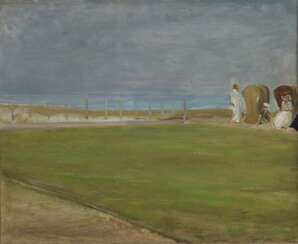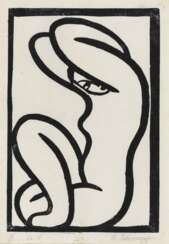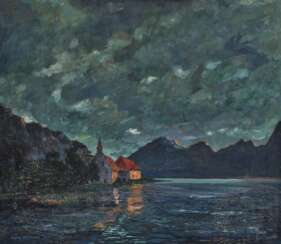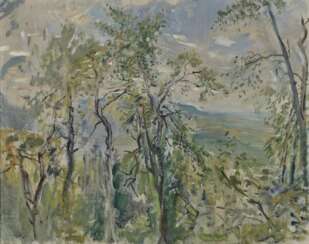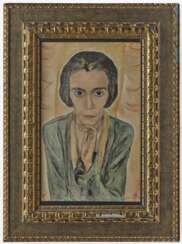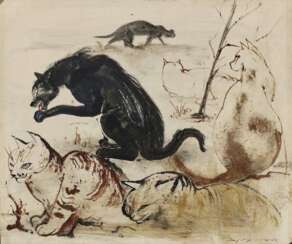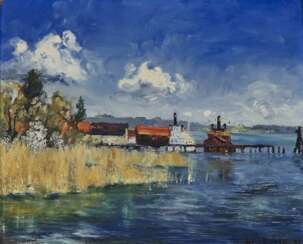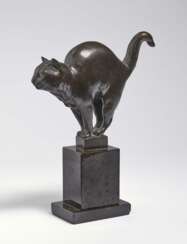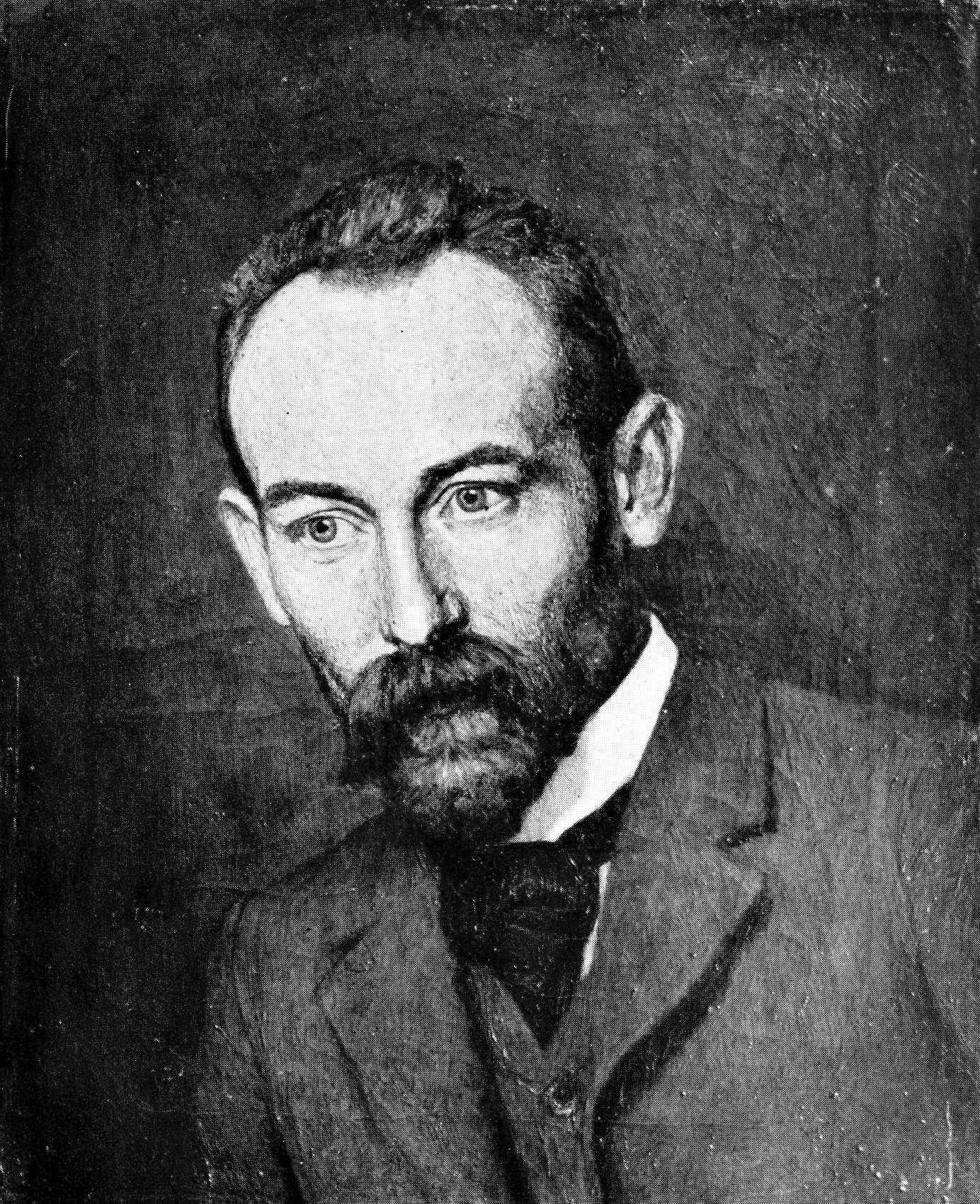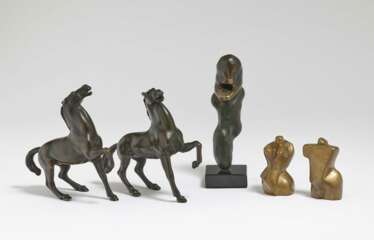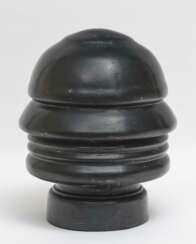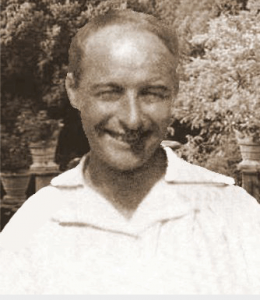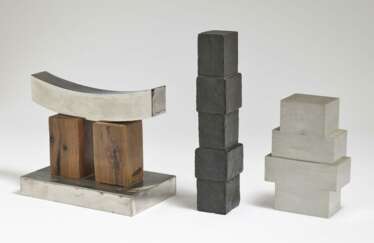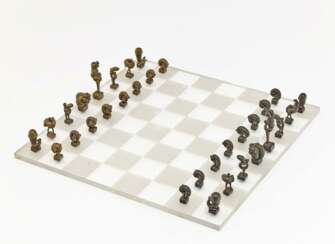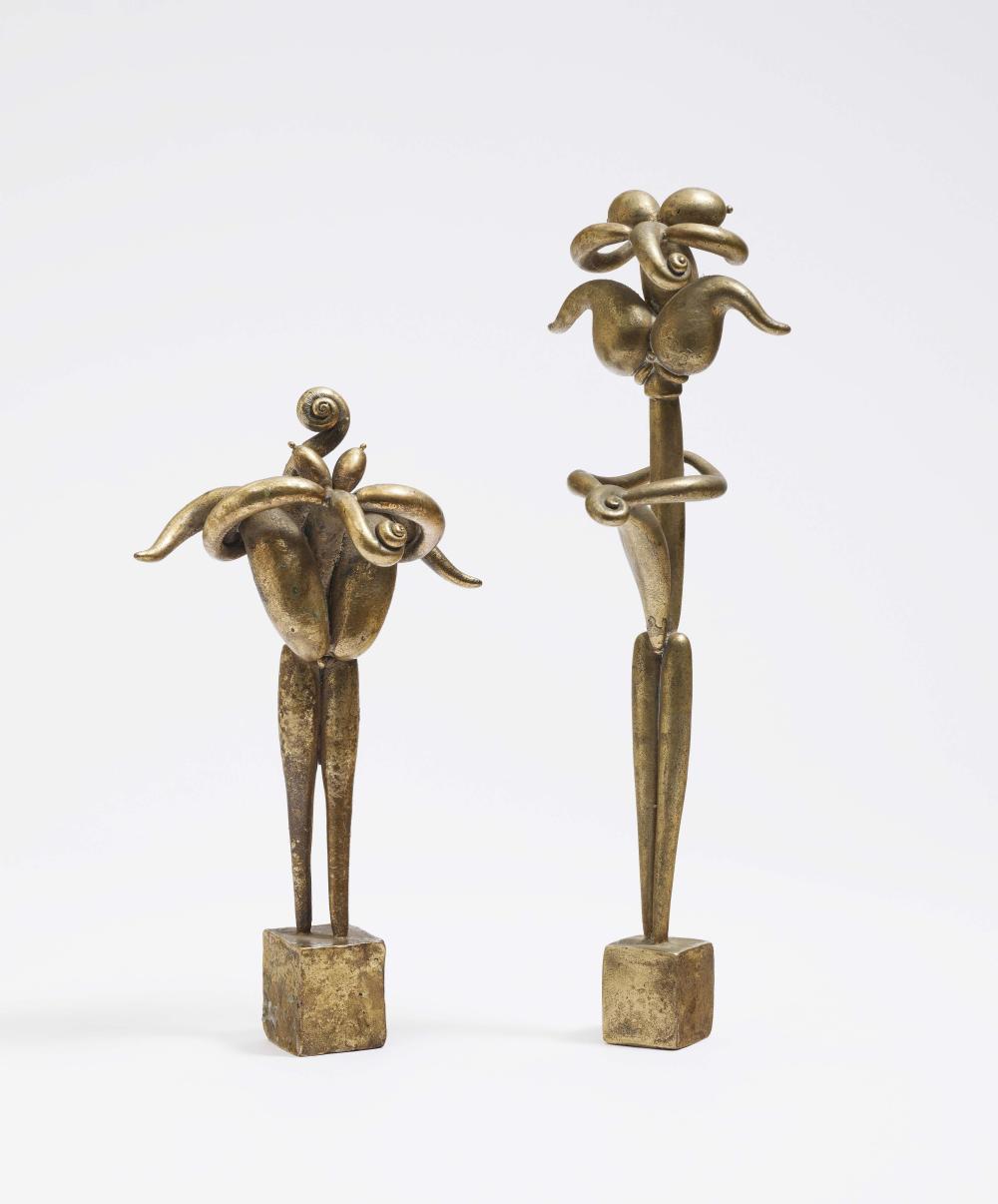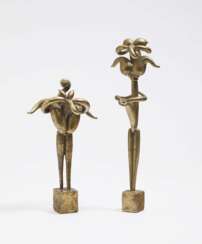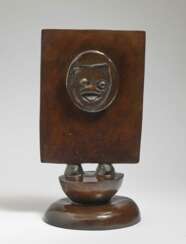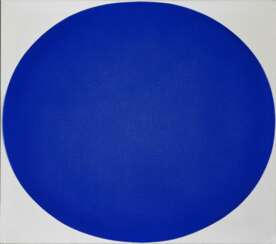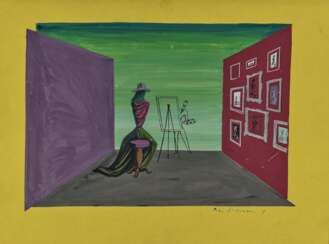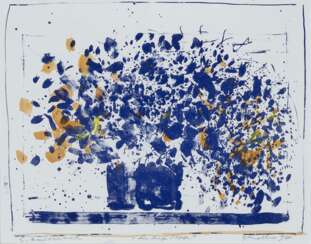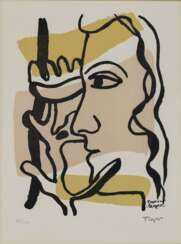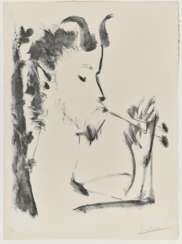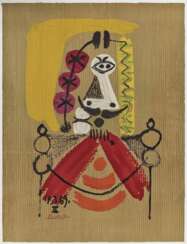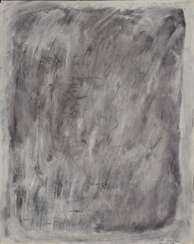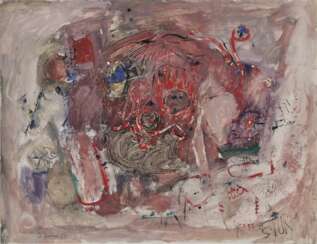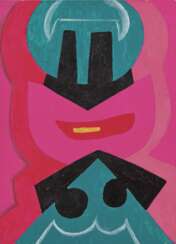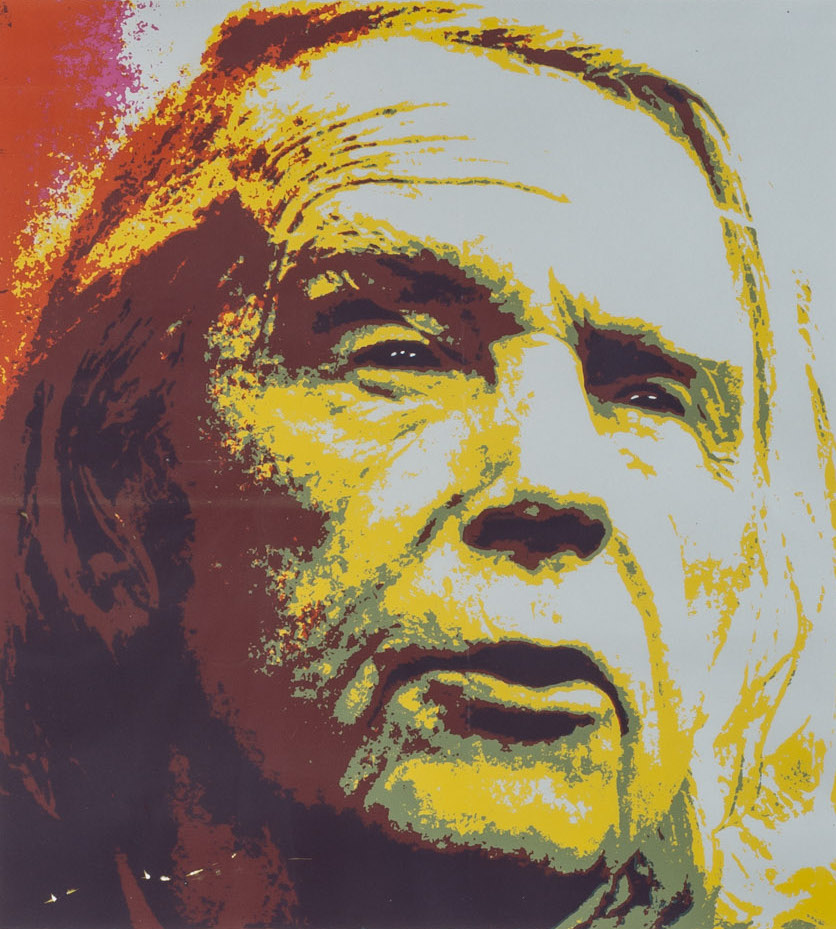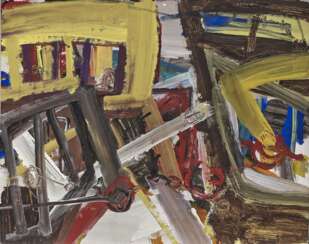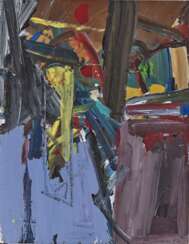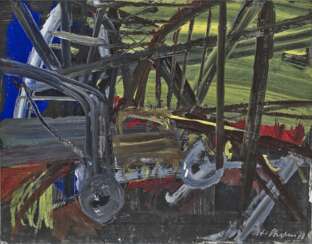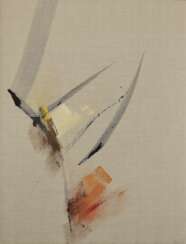
Classic Modern, Post War & Contemporary Art
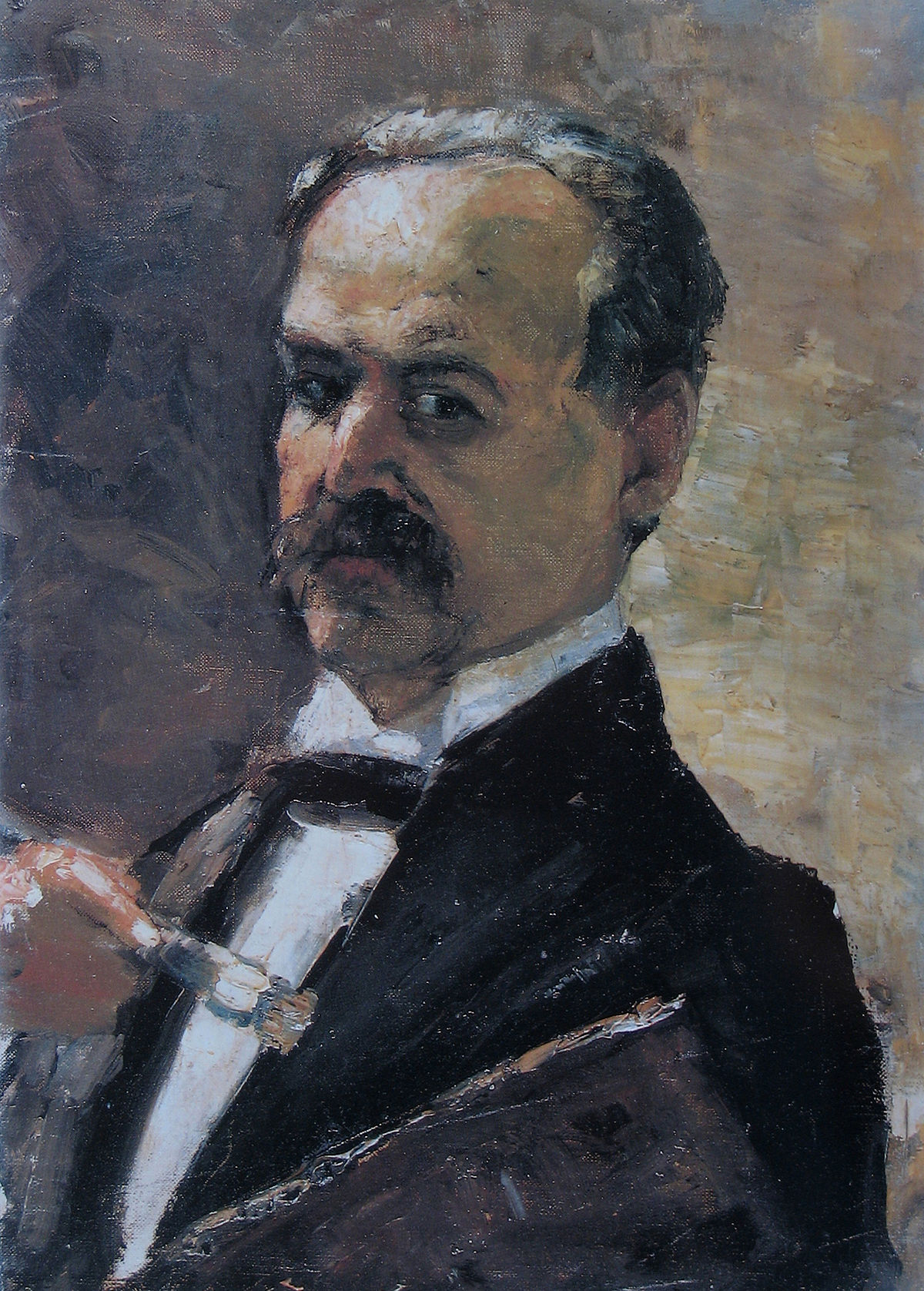
Lesser Ury was a German painter of the late nineteenth and first third of the twentieth centuries of Jewish origin. He is known as an impressionist painter, graphic artist and printmaker, a representative of the Düsseldorf school of painting.
Ury painted rural and urban landscapes, still lifes and monumental paintings on biblical themes. His works depicting the streets of Berlin and views of Brandenburg are particularly notable. Ury mastered both oil colors, creating floral paintings and urban scenes, and pastels, conveying an atmosphere of air and light in landscapes.
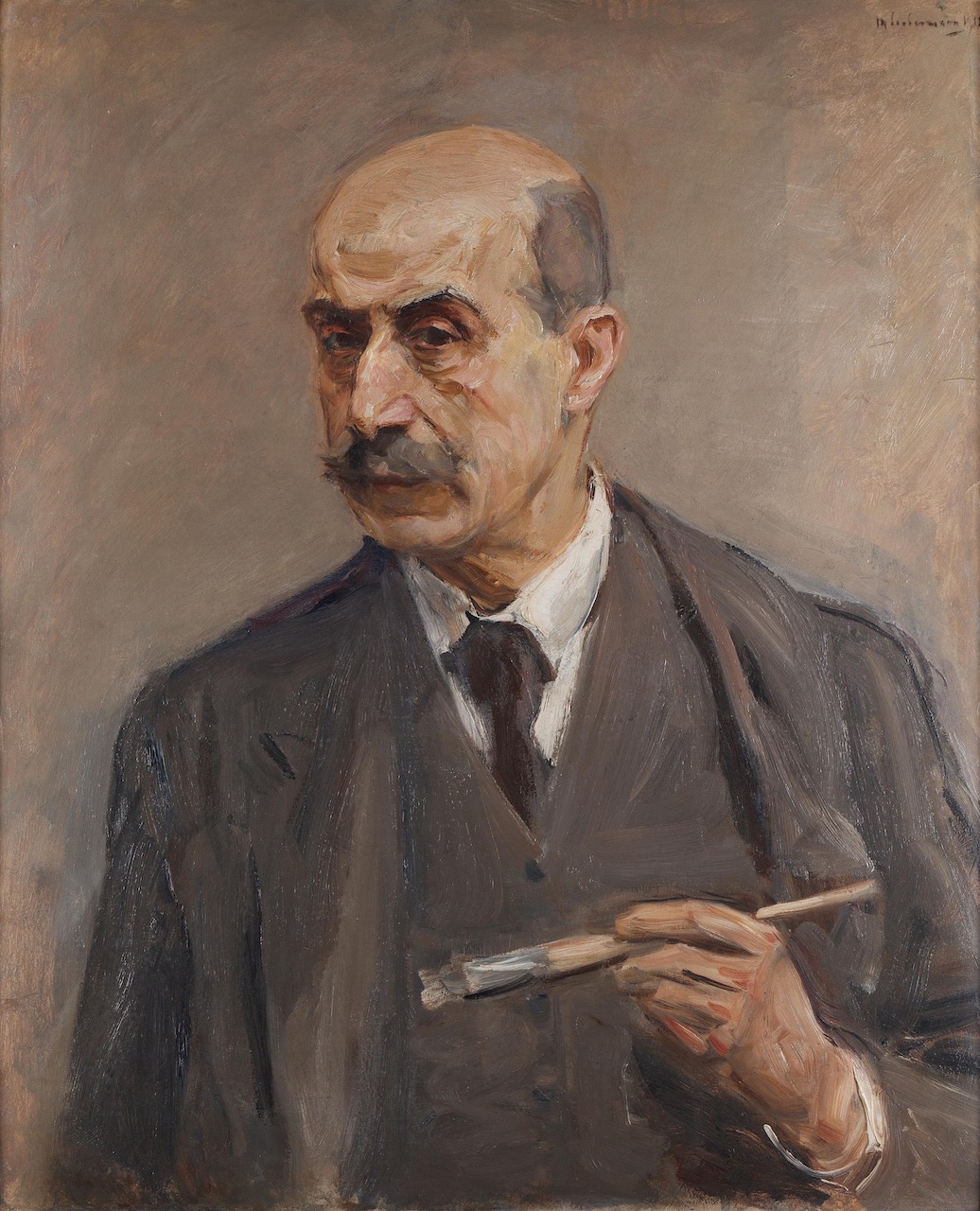
Max Liebermann was a German painter and printmaker, and one of the leading proponents of Impressionism in Germany and continental Europe. In addition to his activity as an artist, he also assembled an important collection of French Impressionist works.
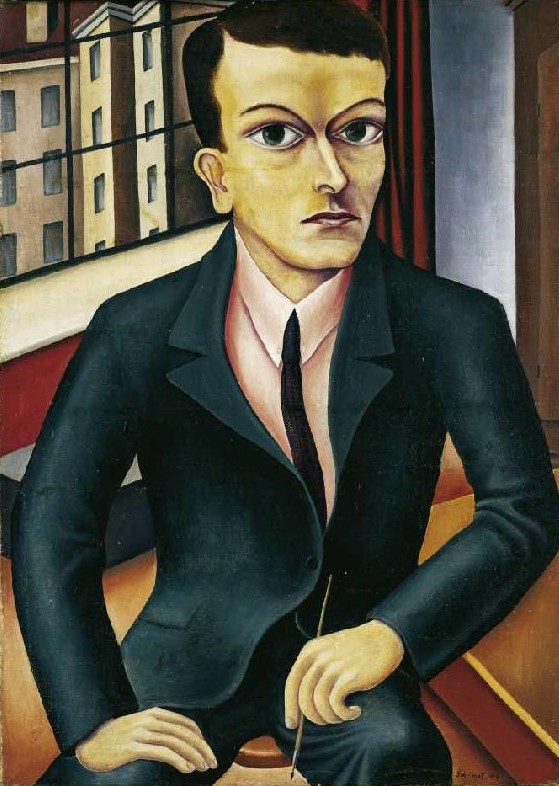
Georg Gerhard Schrimpf was a German self-taught painter and graphic artist, one of the greatest representatives of the New Objectivity movement.
Earning a living as a baker, waiter and so on, Georg constantly painted and perfected this skill. In 1915, Schrimpf moved to Berlin, where he first worked in a chocolate factory. He soon attracted the attention of the art historian, gallerist and publicist Gerwart Walden, who successfully exhibited Schrimpf's first oil paintings. He also created woodcuts for magazines. In 1920, Schrimpf exhibited for the first time at the New Secession exhibition at the Glass Palace in Munich, and a year later became a member of this group.
The motifs of Schrimpf's works were often women in melancholy moods, and his landscapes are of desolate, pure nature.
From 1926 to 1933 Schrimpf taught at the Munich School of Applied Arts, in 1933 he was appointed assistant professor at the Royal Art School in Berlin, and then the Nazi regime that came to power in Germany declared the artist's work degenerate, and 33 of Schrimpf's works were withdrawn from German museums. By the end of 1937, Georg Schrimpf was relieved of his teaching position in Berlin and died of heart failure a few months later at the age of 49.
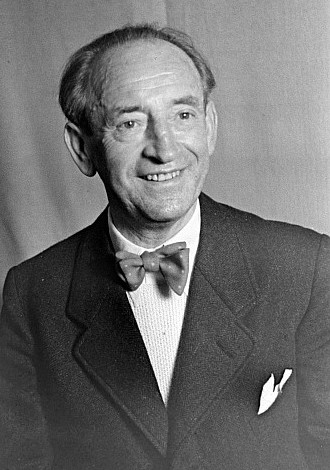
Max Pechstein, a German Expressionist painter and printmaker, was a significant figure in the art world known for his vibrant use of color and dynamic compositions. Born in Zwickau in 1881, Pechstein's journey into the realms of expressionism began with his training as a decorator's apprentice before moving to Dresden to further his studies at the Kunstgewerbeschule. His career took a pivotal turn in 1906 when he met Erich Heckel and joined the Die Brücke group, alongside other notable artists such as Ernst Ludwig Kirchner and Karl Schmidt-Rottluff, which marked the beginning of his foray into revolutionary art and expressionism.
Pechstein's art was not just confined to painting; he was also a master printmaker, with a prolific output that included 421 lithographs, 315 woodcuts and linocuts, and 165 intaglio prints, predominantly etchings. His works often depicted scenes from nature, social gatherings, and elements of primitive art, reflecting his interest in the raw and unrefined aspects of culture and humanity. This diverse body of work was recognized for its bold innovation and unique perspective, which significantly contributed to the expressionist movement.
The Nazis' rise to power in 1933 had a profound impact on Pechstein's career. His works were deemed degenerate, and he faced severe repression, including the removal of 326 of his paintings from German museums and his dismissal from his teaching position at the Preussische Akademie der Künste. Despite these challenges, Pechstein's legacy endured, and after World War II, he was reinstated to his teaching post and received numerous accolades for his contributions to art.
Pechstein's works are held in high esteem in museums and galleries worldwide. Notably, his etchings, which depicted the grim realities of war, are housed in the Imperial War Museum in London, showcasing his ability to convey profound emotional and psychological experiences through art. Additionally, his painting "Summer in Nidden," which captures the idyllic beauty of the Baltic coast, is part of the collection at the Museo Nacional Thyssen-Bornemisza in Madrid, illustrating his love for natural landscapes and vibrant, expressive use of color.
For collectors and experts in art and antiques, Hermann Max Pechstein's works offer a fascinating glimpse into the early 20th-century expressionist movement, characterized by a bold exploration of color, form, and social commentary. His contributions to modern art are invaluable, providing insight into the cultural and historical context of his time.
To stay informed about new product sales and auction events related to Hermann Max Pechstein, we invite you to sign up for updates. This subscription will ensure that you are the first to know about opportunities to acquire works by this influential artist, allowing you to add to your collection of significant expressionist art.
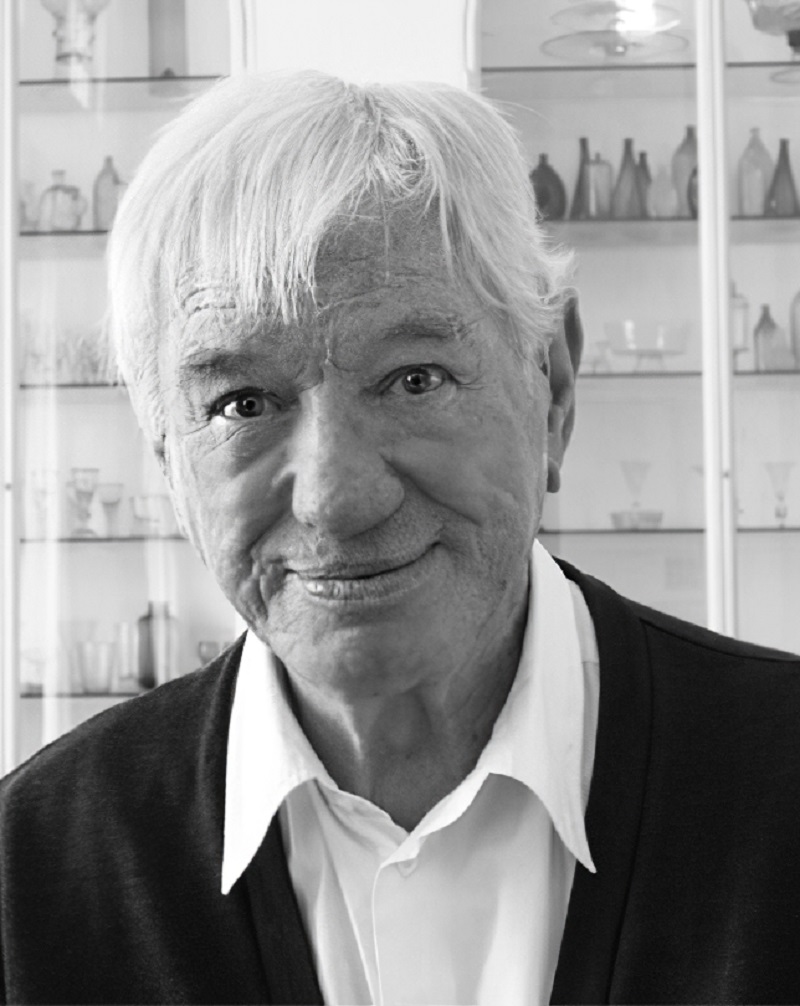
Alf Lechner was a German sculptor.
The starting point for his works are basic geometric shapes such as circles, squares, rectangles or cuboids, from which Lechner created provocatively reduced steel sculptures.
As a full member of the Deutscher Künstlerbund, Lechner took part in many annual exhibitions of the DKB between 1969 and 1992. In 2005 he participated in the Skulpturenmeile Hannover.
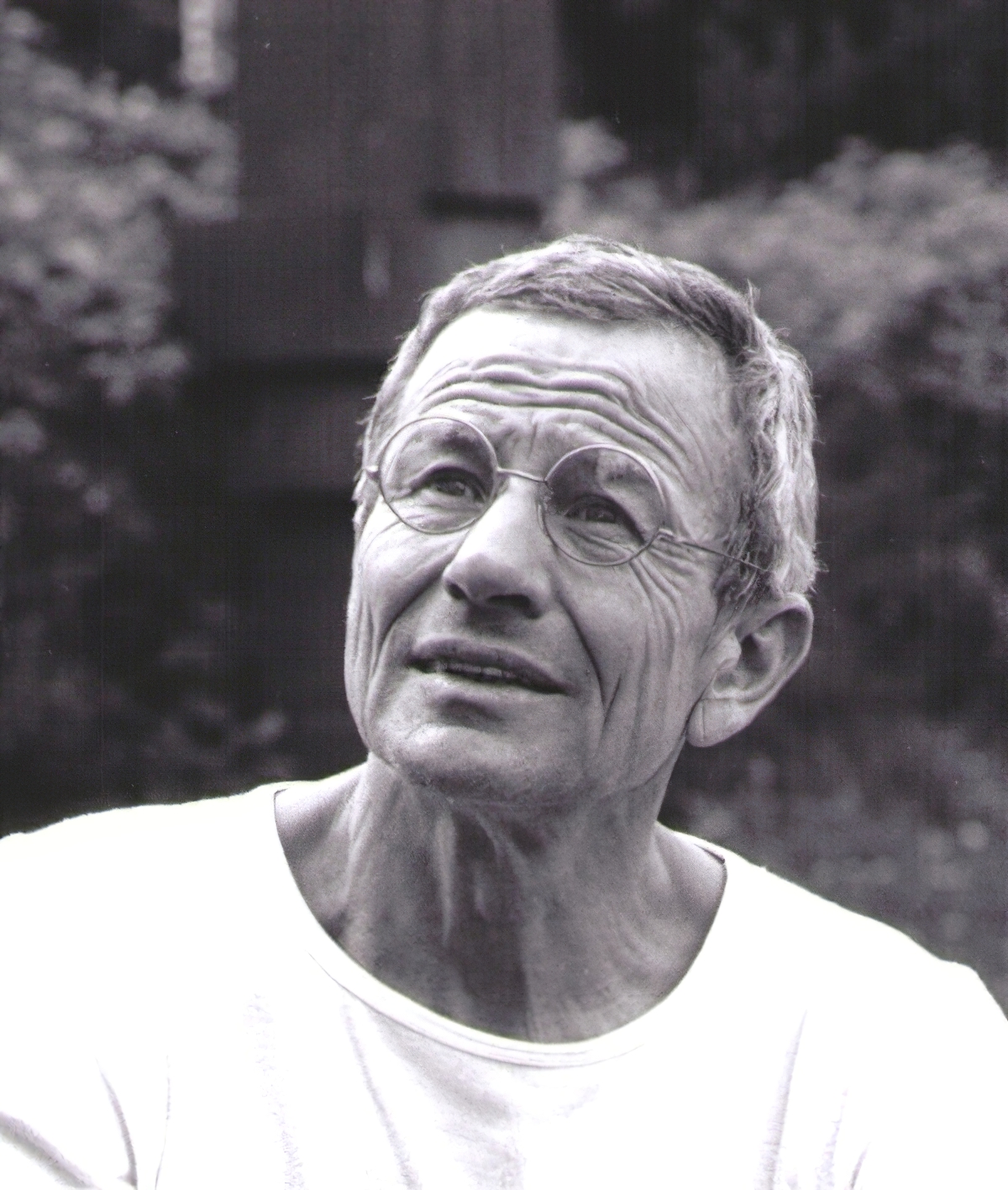
Hans Steinbrenner was a German sculptor.
Steinbrenner's work, whose first sculptures date from the end of the 1940s, was initially still influenced by his teachers. He created classically influenced individual and group figures. By the mid-1950s, Steinbrenner's style had changed and was influenced by his encounters with the sculptors Brâncuși (1876-1957) and Laurens (1895-1954) in Paris. He created abstract, biomorphic figures up to two metres high. In the 1960s he turned to geometric-abstract, rhythmically structured cuboid sculptures. In the last phase of his work (from around the end of the 1960s), Steinbrenner once again changed his stylistic expression to abstract, stele-like figures.
.jpg)
Max Ernst was a pivotal figure in the 20th-century art world, whose work transcended the boundaries of nationality and genre to leave an indelible mark on culture, art, sculpture, and painting. Born in Germany on April 2, 1891, and later becoming a naturalized American and French citizen, Ernst's career was a testament to his relentless innovation and creativity. Known primarily as an artist and painter, Ernst was a founding member of the Dada movement in Cologne before becoming a major proponent of Surrealism in Paris. His early encounters with the works of Pablo Picasso, Vincent van Gogh, and Paul Gauguin at the Sonderbund exhibition in 1912 deeply influenced his artistic direction, infusing it with elements of Cubism and Expressionism. Despite his lack of formal artistic training, Ernst's experimentation with techniques such as collage and frottage showcased his unique ability to blend the absurd with the sublime, making him a central figure in the artistic avant-garde of his time.
Ernst's work is notable for its exploration of the unconscious, using dreamlike imagery and symbolic figures to critique societal norms and delve into the chaos of the human psyche. His experiences in World War I profoundly impacted his worldview, leading to a deep skepticism of Western culture and an enduring search for meaning through art. This is evident in works such as "Europe After the Rain II," which reflects the devastation of war and "The Fireside Angel," inspired by the political turmoil of the Spanish Civil War, showcasing his ability to address contemporary issues through a surreal lens.
Ernst's contributions to art are preserved in major museums and galleries worldwide, including the Tate in the United Kingdom and the Museum of Modern Art in New York. His sculptures, paintings, and collages continue to be celebrated for their innovative techniques and imaginative scope, marking him as a revolutionary figure in modern art. Among his most significant works are "Ubu Imperator," "The Elephant Celebes," and "The Virgin Spanking the Christ Child before Three Witnesses," each reflecting his mastery over a diversity of mediums and themes.
For collectors and experts in art and antiques, Max Ernst remains a symbol of artistic freedom and exploration. His ability to navigate through various artistic movements while maintaining a distinct, innovative voice is a testament to his enduring legacy in the art world. To stay updated on new product sales and auction events related to Max Ernst, signing up for updates is a valuable opportunity for those deeply invested in the nuances of modern and surreal art.
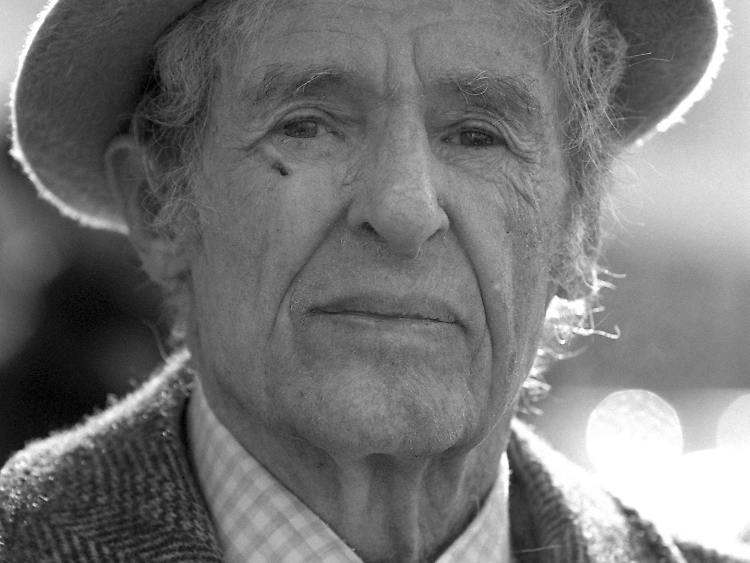
Rupprecht Geiger was a German abstract painter and sculptor. Throughout his career, he favored monochromicity and color-field paintings. For a time, he concentrated solely on the color red.
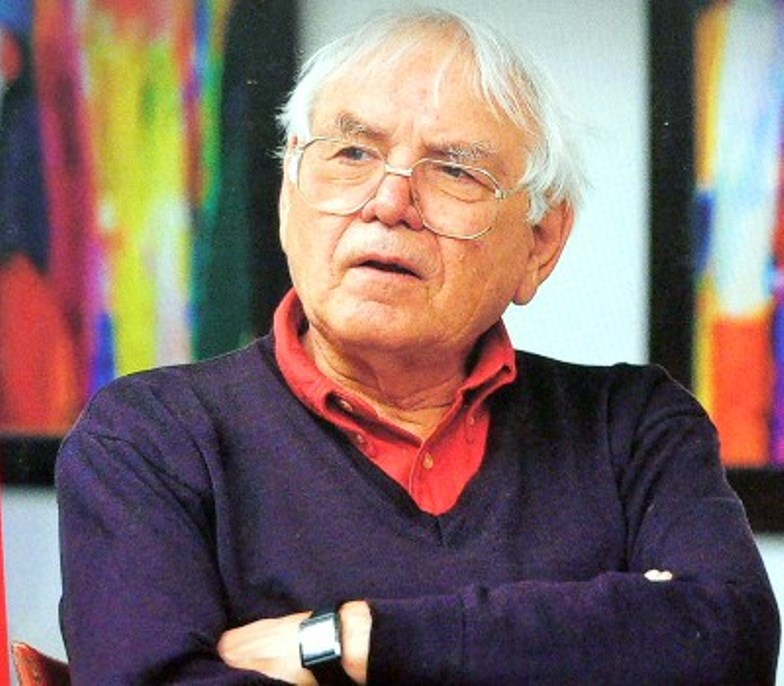
Oskar Koller was a German painter and graphic artist.
He studied at the Academy of Fine Arts in Nuremberg and became known primarily for his vivid abstract watercolors of flowers, trees, landscapes, and people.
Joseph Fernand Henri Léger was a French artist renowned for his innovative approach to Cubism and his transition towards a figurative, populist style. Born in Argentan, Orne, Lower Normandy, Léger's early career was marked by a stint as an architectural draftsman and a series of educational pursuits that eventually led him to Paris, where he embraced painting seriously. His artistic journey was significantly influenced by the bold abstractions of Cubism, characterized by geometric shapes and a vibrant palette, distinguishing his work from his contemporaries with what came to be known as "Tubism".
Léger's service in World War I profoundly impacted his artistic direction, leading him to adopt a 'mechanical' style that depicted the modern industrial world with sleek, tubular forms. This period saw creations like "Soldier with a Pipe" and "The Card Players," reflecting his war experiences and the mechanical aesthetics of the time. The post-war era encouraged Léger to explore the mechanical style further, evident in works like "The Bargeman" and "Mechanical Elements," highlighting the pace of technological advancement.
Throughout his career, Léger's work evolved, notably in the 1920s, where he aligned with Purist ideas, blending classicism with modernity. This phase is exemplified in "Woman with a Cat," showcasing a classical form with a modern, polished finish. By the 1930s, Léger's art took a more figurative, populist turn, aiming to democratize contemporary art and make it more accessible. His commitment to art education, especially for the common worker, underscored his belief in the social role of art.
For those intrigued by Joseph Fernand Henri Léger's groundbreaking contributions to modern art, his works can be found in prestigious museums worldwide. His legacy continues to inspire art collectors and enthusiasts alike. To stay updated on exhibitions and auction events featuring Léger's work, sign up for updates and embrace the unique opportunity to explore the richness of his artistic endeavors.
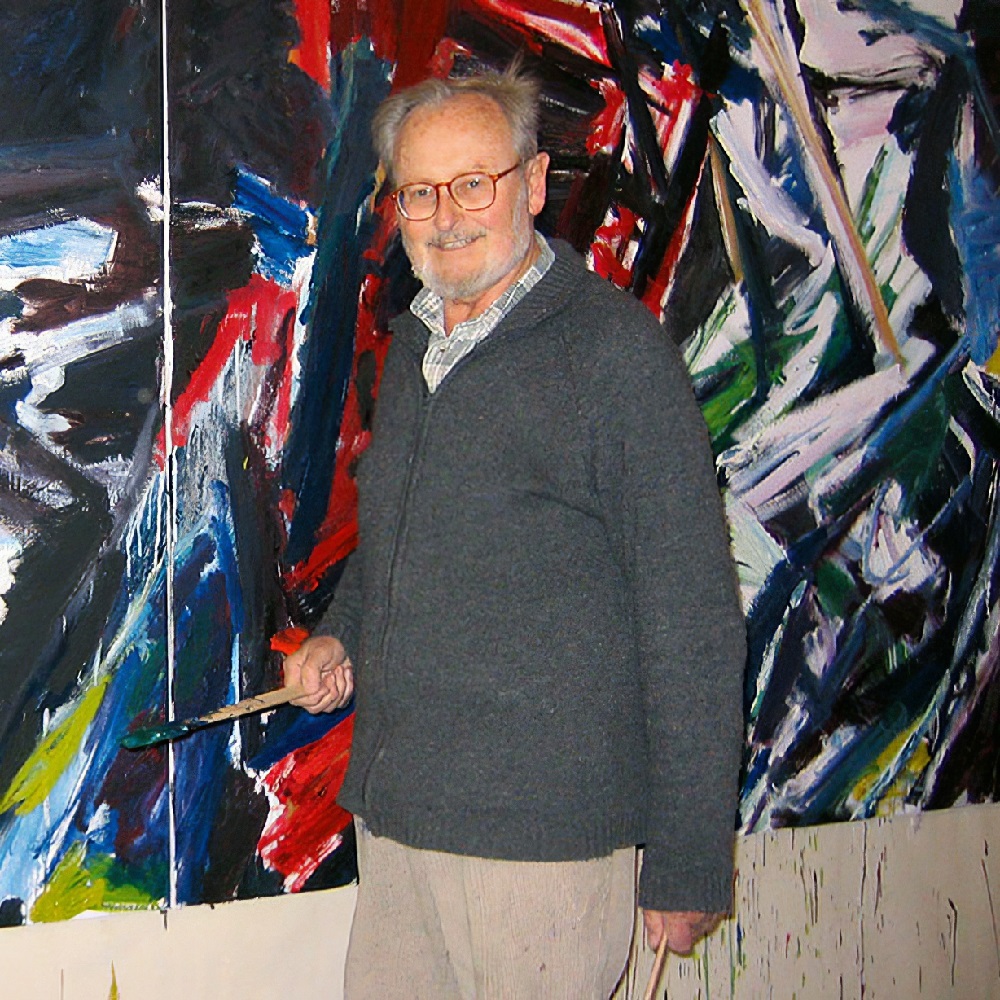
Helmut Sturm was a German painter.
From 1952 to 1958, he studied at the Akademie der Bildenden Künste, Munich. After this he joined Heimrad Prem, Lothar Fischer and Hans-Peter Zimmer in founding Gruppe SPUR, which in 1959 entered the Situationist International.
From 1980 to 1982, he was guest professor at the Hochschule der Künste, Berlin, taking over Hann Trier's class. He continued to exhibit across Germany and from 1985 to 1998 was professor at the Akademie der Bildenden Künste, Munich.

Helmut Sturm was a German painter.
From 1952 to 1958, he studied at the Akademie der Bildenden Künste, Munich. After this he joined Heimrad Prem, Lothar Fischer and Hans-Peter Zimmer in founding Gruppe SPUR, which in 1959 entered the Situationist International.
From 1980 to 1982, he was guest professor at the Hochschule der Künste, Berlin, taking over Hann Trier's class. He continued to exhibit across Germany and from 1985 to 1998 was professor at the Akademie der Bildenden Künste, Munich.

Helmut Sturm was a German painter.
From 1952 to 1958, he studied at the Akademie der Bildenden Künste, Munich. After this he joined Heimrad Prem, Lothar Fischer and Hans-Peter Zimmer in founding Gruppe SPUR, which in 1959 entered the Situationist International.
From 1980 to 1982, he was guest professor at the Hochschule der Künste, Berlin, taking over Hann Trier's class. He continued to exhibit across Germany and from 1985 to 1998 was professor at the Akademie der Bildenden Künste, Munich.

Helmut Sturm was a German painter.
From 1952 to 1958, he studied at the Akademie der Bildenden Künste, Munich. After this he joined Heimrad Prem, Lothar Fischer and Hans-Peter Zimmer in founding Gruppe SPUR, which in 1959 entered the Situationist International.
From 1980 to 1982, he was guest professor at the Hochschule der Künste, Berlin, taking over Hann Trier's class. He continued to exhibit across Germany and from 1985 to 1998 was professor at the Akademie der Bildenden Künste, Munich.

Helmut Sturm was a German painter.
From 1952 to 1958, he studied at the Akademie der Bildenden Künste, Munich. After this he joined Heimrad Prem, Lothar Fischer and Hans-Peter Zimmer in founding Gruppe SPUR, which in 1959 entered the Situationist International.
From 1980 to 1982, he was guest professor at the Hochschule der Künste, Berlin, taking over Hann Trier's class. He continued to exhibit across Germany and from 1985 to 1998 was professor at the Akademie der Bildenden Künste, Munich.
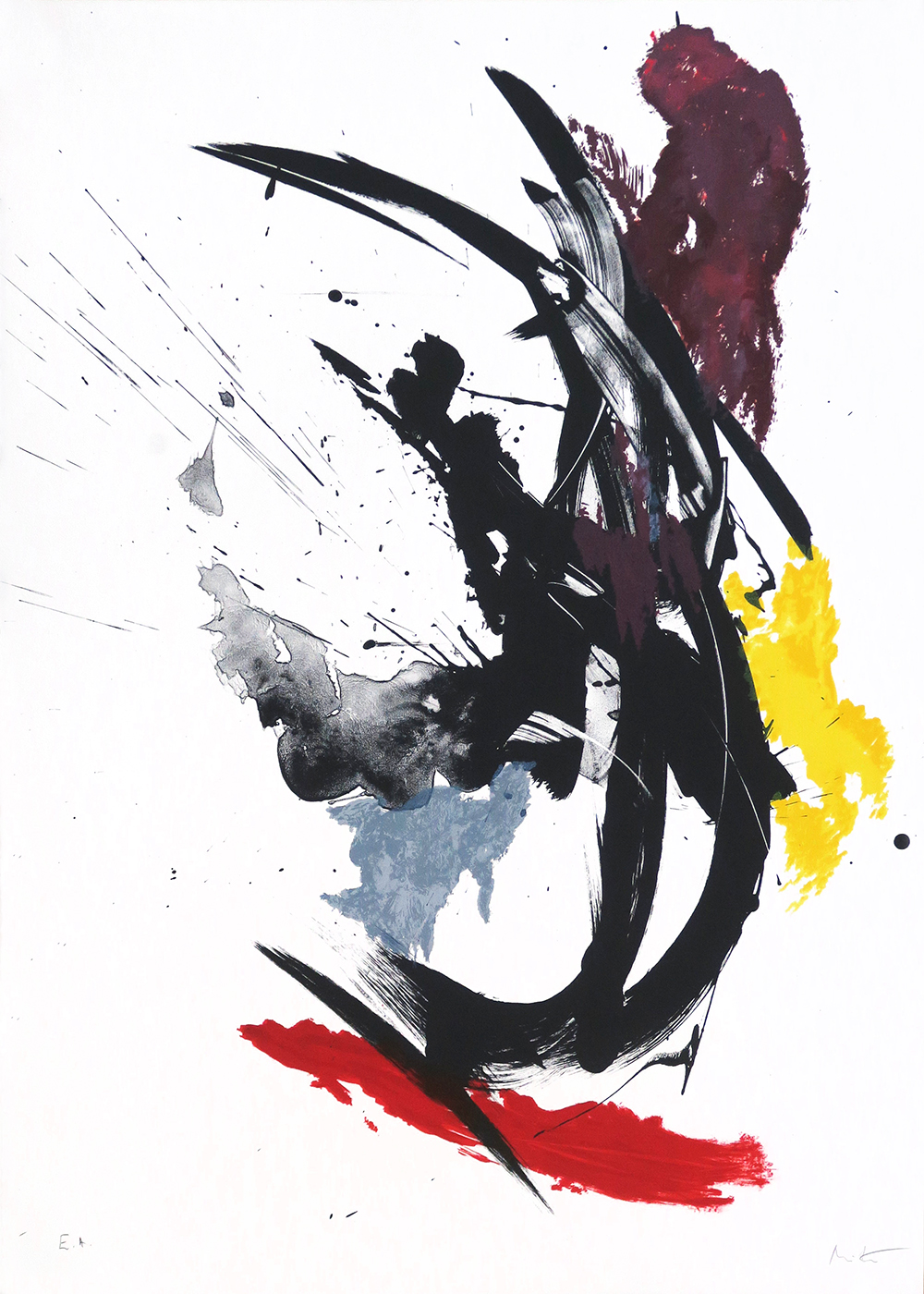
Jean Miotte was a French abstract painter, in the style known as L'Art Informel. His work was preserved and studied by the Miotte Foundation and is in the collections of museums including: MoMA and the Guggenheim in New York, Musée d'Art Moderne de Paris and Haus der Kunst in Munich.
